
Library of Congress Cataloging-in-Publication Data
Weinberg, Robert S. (Robert Stephen)
Foundations of sport and exercise psychology / Robert S. Weinberg, Daniel Gould. -- 5th ed.
p. cm.
Includes bibliographical references and index.
ISBN-13: 978-0-7360-8323-2 (hard cover)
ISBN-10: 0-7360-8323-5 (hard cover)
1. Sports--Psychological aspects. 2. Exercise--Psychological aspects. I. Gould, Daniel,
1952- II. Title.
GV706.4.W38 2011
796.01--dc22
2010015761
ISBN-10: 0-7360-8323-5 (print)
ISBN-13: 978-0-7360-8323-2 (print)
Copyright 2011, 2007, 2003, 1999, 1995 by Robert S. Weinberg and Daniel Gould
All rights reserved. Except for use in a review, the reproduction or utilization of this work in any form or by any electronic, mechanical, or other means, now known or hereafter invented, including xerography, photocopying, and recording, and in any information storage and retrieval system, is forbidden without the written permission of the publisher.
The Web addresses cited in this text were current as of April 13 , 2010, unless otherwise noted.
Acquisitions Editor: Myles Schrag; Developmental Editor: Amanda S. Ewing; Assistant Editors: Casey A. Gentis and Antoinette Pomata; Copyeditor: Joyce Sexton; Indexer: Dan Connolly; Permission Manager: Dalene Reeder; Graphic Designer: Joe Buck; Graphic Artist: Denise Lowry; Cover Designer: Keith Blomberg; Photographer (cover): Toshifumi Kitamura/AFP/Getty Images; Photographs (interior): Human Kinetics unless otherwise noted; Laura Fitch; Photo Production Manager: Jason Allen; Art Manager: Kelly Hendren; Associate Art Manager: Alan L. Wilborn; Art Style Development: Joanne Brummett; Illustrators: Mic Greenberg and Keri Evans; Printer: Courier Printing
Printed in the United States of America 10 9 8 7 6 5 4 3 2 1
The paper in this book is certified under a sustainable forestry program.
Human Kinetics
Web site: www.HumanKinetics.com
United States: Human Kinetics, P.O. Box 5076, Champaign, IL 61825-5076
800-747-4457
e-mail:
Canada: Human Kinetics, 475 Devonshire Road Unit 100, Windsor, ON N8Y 2L5
800-465-7301 (in Canada only)
e-mail:
Europe: Human Kinetics, 107 Bradford Road, Stanningley, Leeds LS28 6AT, United Kingdom
+44 (0) 113 255 5665
e-mail:
Australia: Human Kinetics, 57A Price Avenue, Lower Mitcham, South Australia 5062
08 8372 0999
e-mail:
New Zealand: Human Kinetics, P.O. Box 80, Torrens Park, South Australia 5062
0800 222 062
e-mail:
E4813
To the Instructor
S port and exercise psychology has significantly changed our lives and the lives of many athletes, coaches, and other sport and exercise professionals with whom we have worked and trained over the years. We have felt enriched by our studies in this field, and we want to give something back to our field by writing this comprehensive, introductory text on sport and exercise psychology. In the first four editions, our goal was to create a book for introductory sport and exercise psychology classes that bridged up-to-date research and practice, capturing the best of what we had learned from coaches, scholars, exercisers, sports medicine personnel, and athletes. We have followed this general orientation in our fifth edition.
Since our first four editions, we have received a great deal of feedback from teachers and students indicating that we have been successful in reaching our goal. We have been pleased that our book has helped fill a void in the teaching of sport and exercise psychology. But as with any academic text, there is always room for improvement and updating, hence our decision to write a fifth edition. In this edition, we have held to the basic goals and objectives of our first four editions and have tried also to incorporate the insightful comments and suggestions we have received in order to make this fourth edition an even better text. But because faculty and students appeared to like our basic orientation and the design of the text, we decided not to make wholesale changes, although changes were most certainly made.
For example, we have updated every chapter with the latest research and practice in sport and exercise psychology. This included updating the references to include more contemporary sources. In some cases these changes were extensive because the research and subsequent implications for best practice have developed significantly. In other chapters the changes are less dramatic because those particular areas have not grown or altered significantly in the past several years. We also have presented even more contemporary practical examples, case studies, and anecdotes to help students understand various theories, concepts, and research. More in-depth questions are provided after each chapter as opportunities for students to think more critically about applying the material, leading from research to practice. In this latest edition, we have moved to using four colors, which will hopefully make the material come to life even more and foster easier reading and comprehension.
We have also spent a lot of time on improving the ancillary package to help instructors provide the best learning environment for their students. The ancillaries explained next accompany this book. To access these ancillaries, visit www.HumanKinetics.com/FoundationsOfSportAndExercisePsychology:
 Presentation Package. The presentation package has more than 1,000 slides based on the material in the book. While we have streamlined the subject matter, we purposely did not cut a lot of content from previous editions of the slides. Not all instructors teach using all chapters in the book, and some instructors spend more time on particular chapters than others. Therefore, we didnt want to cut content from the Presentation Package when we know it is used. Feel free to modify the slides as needed so that they fit your needs.
Presentation Package. The presentation package has more than 1,000 slides based on the material in the book. While we have streamlined the subject matter, we purposely did not cut a lot of content from previous editions of the slides. Not all instructors teach using all chapters in the book, and some instructors spend more time on particular chapters than others. Therefore, we didnt want to cut content from the Presentation Package when we know it is used. Feel free to modify the slides as needed so that they fit your needs.
 Test Package. The test package has more than 800 multiple choice questions to choose from, based on text material. The questions have been updated to reflect the new content added to the text.
Test Package. The test package has more than 800 multiple choice questions to choose from, based on text material. The questions have been updated to reflect the new content added to the text.
 Instructor Guide. The instructor guide provides instructors with a sample course outline for organizing lectures and chapters. It also includes additional class exercises, and a detailed class outline highlights key material to discuss for each text chapter.
Instructor Guide. The instructor guide provides instructors with a sample course outline for organizing lectures and chapters. It also includes additional class exercises, and a detailed class outline highlights key material to discuss for each text chapter.
 Online Study Guide. The online study guide includes exercises, audio files, and video segments that bring to life and reinforce the most salient points discussed in the text and help engage todays learner, who has grown up using technology.
Online Study Guide. The online study guide includes exercises, audio files, and video segments that bring to life and reinforce the most salient points discussed in the text and help engage todays learner, who has grown up using technology.
Students will receive free access to the online study
guide when they purchase a new copy of the text. Included in the study guides features are audio interviews with top sport psychologists speaking about their research and topics from specific chapters. In addition, there are exercises that can be completed in or out of class, sample psychological inventories, and quizzes (in the form of programmed learning with answers provided). This online guide is meant to supplement and complement what is in the text and help the material come alive. We encourage instructors to integrate this online material into their courses as they see fit.
Next page

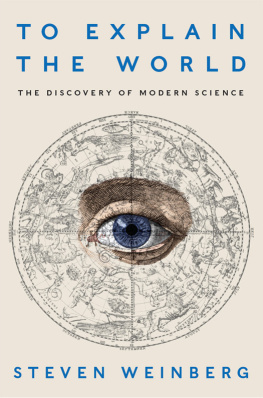

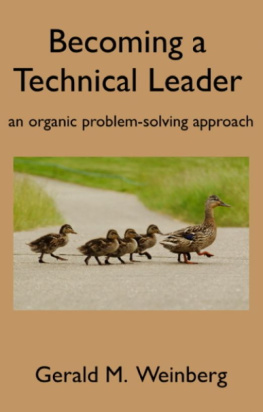




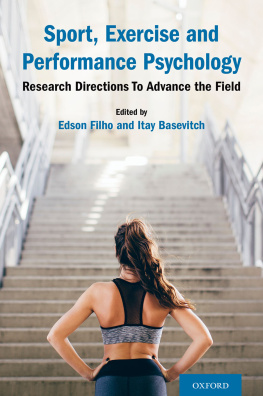


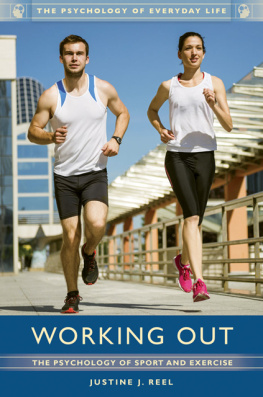
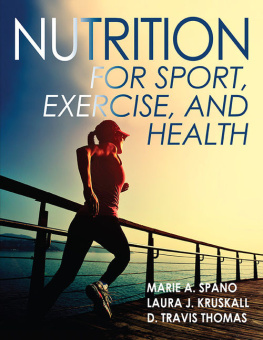
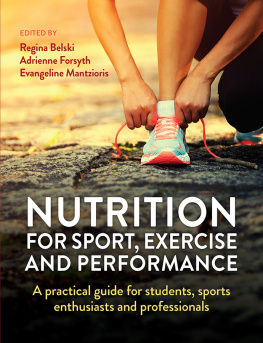


 Presentation Package. The presentation package has more than 1,000 slides based on the material in the book. While we have streamlined the subject matter, we purposely did not cut a lot of content from previous editions of the slides. Not all instructors teach using all chapters in the book, and some instructors spend more time on particular chapters than others. Therefore, we didnt want to cut content from the Presentation Package when we know it is used. Feel free to modify the slides as needed so that they fit your needs.
Presentation Package. The presentation package has more than 1,000 slides based on the material in the book. While we have streamlined the subject matter, we purposely did not cut a lot of content from previous editions of the slides. Not all instructors teach using all chapters in the book, and some instructors spend more time on particular chapters than others. Therefore, we didnt want to cut content from the Presentation Package when we know it is used. Feel free to modify the slides as needed so that they fit your needs.